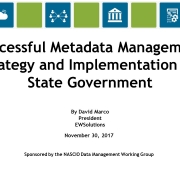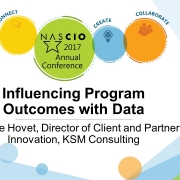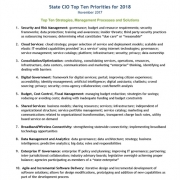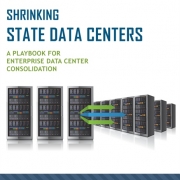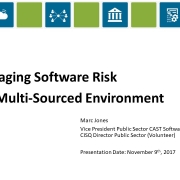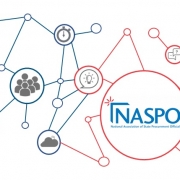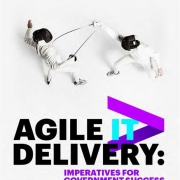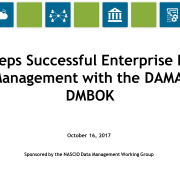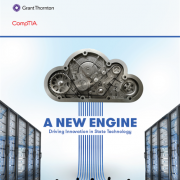Successful Metadata Management Strategy and Implementation for State Government
Effective metadata management is no longer an option, but an absolute requirement for state governments and federal agencies looking to enable their master data management and data governance initiatives. Without proper metadata management their IT departments cannot manage their systems and ensure that they are providing the true value to the agency.
This practical course leverages the lessons learned from successful metadata management programs and it explains:
• Metadata Management Fundamentals
• Business vs. Technical Metadata
• Metadata Management Use Cases
• Metadata ROI
• Metadata Management and Data Management
Click here for the full slide deck from the webinar.

